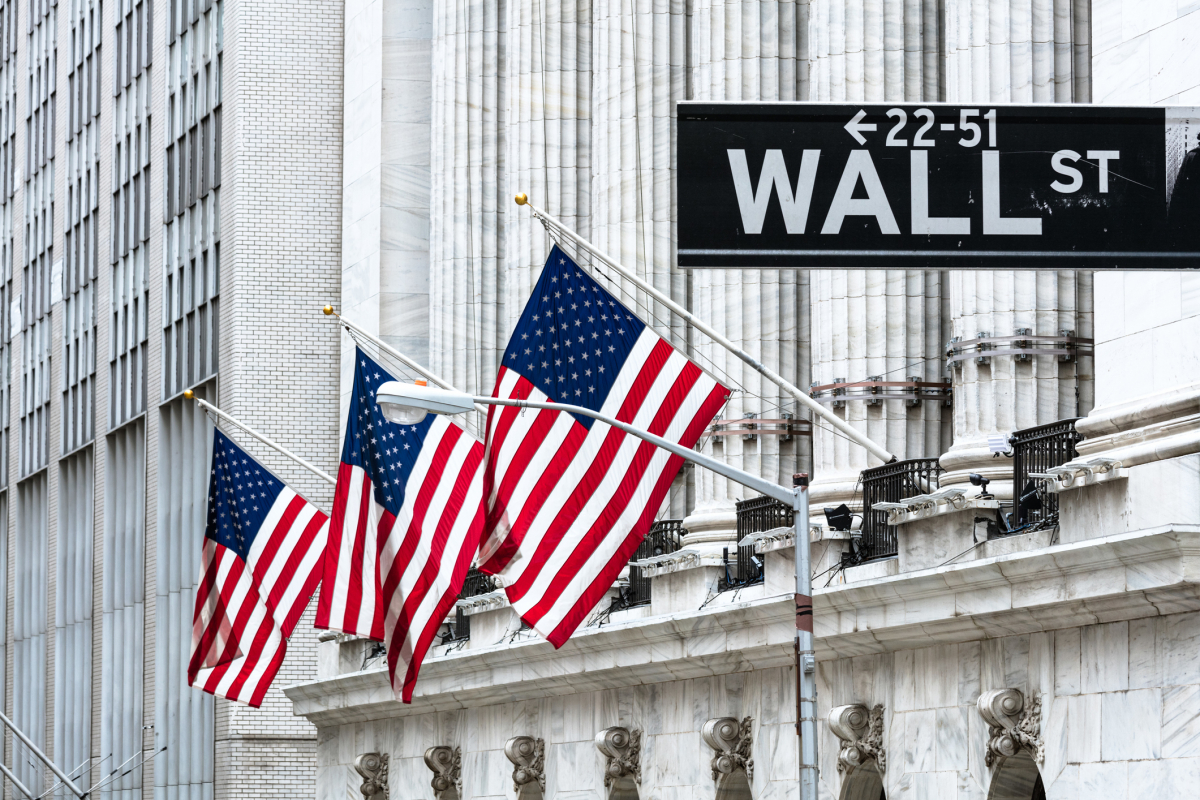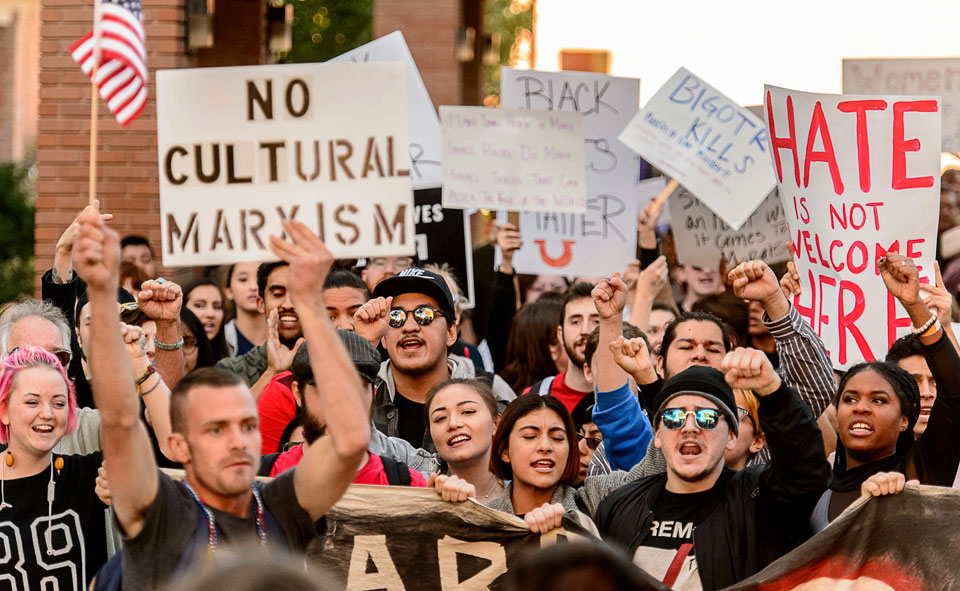GREEN CAPITALI$M
ESG Environmental, Social and Governance
 ESG appears to be passing the scrutiny test with more investors perceiving performance merits.
ESG appears to be passing the scrutiny test with more investors perceiving performance merits.
This is with the exception of investors in the US, where scepticism has grown, according to a survey.
The 2020 RBC Global Asset Management ‘Responsible investment survey’ showed that, compared to 2019, there is an increase in the percentage of institutional investors who believe ESG-integrated portfolios are likely to perform as well or better than non-ESG integrated portfolios.
In Europe this was up to 96% from 92% and Asia to 93% from 78%.
Respondents in the US are more sceptical. Only 74% were positive for performance, down from 78% in 2019. Over a quarter of US respondents (up from 22% in 2019) believe ESG integrated portfolios perform worse.
Similar scepticism from the US was expressed about the ability of ESG integrated portfolios to generate long-term sustainable alpha and to mitigate risk.
The ongoing Covid-19 pandemic is beginning to influence investors’ views about ESG, the report says.
Over 28% said Covid-19 has made them place more importance on ESG considerations and just over half of investors are looking for companies to disclose more details about worker safety, employee health benefits, workplace culture and other social factors due to the pandemic.
“As we analyse the trends in our year-over-year survey data, we’ve found that a growing majority of institutional investors are convinced of the merits of ESG adoption in their investment approach,” said Melanie Adams, head of corporate governance and responsible investment at RBC GAM.
The survey also shows support for diversity and inclusion targets for corporate boards remains strong, the firm said. More respondents favoured board minority diversity targets (44%) than opposed them (28%). Similarly, more respondents favoured board gender diversity targets (49%) than opposed them (26%).
In total, 809 institutional investors responded from North America, Europe and Asia.
ESG assessments rising in asset management, study finds
 Asset managers see governance as their central ESG factor - but environment and social issues are gaining importance, research shows.
Asset managers see governance as their central ESG factor - but environment and social issues are gaining importance, research shows.
A report by Russell Investments show that out of 400 asset managers surveyed, 78% now incorporate qualitative or quantitative ESG – or environmental, social and governance – factor assessments into their investment processes, an increase of 5% from last year.
Over 80% of asset managers say that governance is the ESG factor which has the most impact on their investment decisions.
Environmental and social issues are becoming gradually more pronounced in asset managers’ thinking, however.
The study showed a 4% increase in the number of managers identifying environmental considerations as the factor that most impacts their investment decisions.
Jihan Diolosa, regional head of responsible investing, said: “ESG is no longer an optional ‘add-on’; it is now an essential consideration that asset managers have to incorporate into their decision-making processes.”
Diolosa added that the industry is moving in the right direction. “Asset managers who do not adapt to the changing landscape will be left behind,” she said.
ESG: How much return is required to offset guilt?
 Millennial investors who would abandon their ideals surrounding sustainable investing would want a return of 21% to “offset any guilt”.
Millennial investors who would abandon their ideals surrounding sustainable investing would want a return of 21% to “offset any guilt”.
Schroders found a quarter of millennial investors surveyed would invest against their personal beliefs if the returns were high enough. Three-quarters would not compromise on beliefs.
Schroders' research covered 23,000 people of various ages globally and it is millennials who are more likely to compromise on their personal beliefs in order to benefit from potentially higher returns.
The older people get, the less likely they are to compromise their beliefs for the sake of higher returns. Some 16% of those aged 71 or over would swap ideals for returns, for example. The figures are 20% for baby-boomers and 24% of those classed as Generation X.
Geographically, people in China, Italy and Portugal are the most likely to stay true to their views, with the least probable being those based in the US, Singapore and Thailand.
Overall, 42% of investors globally did state that investing sustainably was likely to lead to higher returns. Some 47% said they were attracted to investing sustainably due to its wider environmental impact.
Carolina Minio-Paluello, Schroders’ global head of product, solutions and quant, said: “It is exceptionally positive to see that many investors today believe that investing sustainably does not have to come at the expense of performance. People want their values reflected in the way they invest.
“It is our experience that investment performance and returns should not be mutually exclusive. The evidence is increasingly clear that investing sustainably can lead to better long-term outcomes.”
A surprisingly finding was that “just 44%” of European respondents said they invest in sustainable investment funds, as opposed to funds that don’t consider sustainability factors. This lags investors in the Americas (52%) and Asia (49%) and comes, said Schroders, despite the common consensus being that European investors are generally more likely to embrace sustainable investing.
Opinion was split among investors in terms of how asset managers should address challenges that arise from the fossil fuel industry. Just over a third (36%) said managers should withdraw investment from companies in these industries to limit their ability to grow. However, over a quarter (27%) said managers should remain invested to drive change.
Furthermore, investors said that the top three ‘behaviours’ companies should be most focused on were their social responsibility, attention to environmental issues and the treatment of their staff.
The findings are published in Schroders Global Investor Study 2020.
 Legal & General Investment Management says it will hold a “far more extensive” number of companies to account over climate change.
Legal & General Investment Management says it will hold a “far more extensive” number of companies to account over climate change.  High carbon emitting companies have been called on by investment management firms to commit to a net zero future by setting science-based targets.
High carbon emitting companies have been called on by investment management firms to commit to a net zero future by setting science-based targets. Amundi is jointly backing a programme to help smaller and medium-sized businesses access green finance and says the debt investments involved will lead to higher yields for investors.
Amundi is jointly backing a programme to help smaller and medium-sized businesses access green finance and says the debt investments involved will lead to higher yields for investors.
















